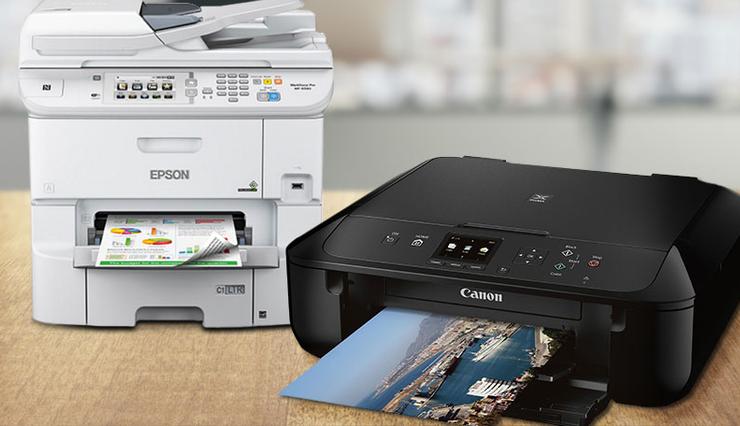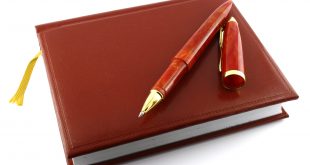
Printers in this class quite often have an extensive variety of decisions for photograph paper—including a few compelling artwork papers implied for experts—rather than the maybe a couple decisions run of the mill for generally inkjets. Their yield quality is a match for the sort of photograph lab an expert picture taker would go to for custom prints. In case you’re not getting remarkable quality with this class of printer, chances are you’re accomplishing something incorrectly.
1. Pick between direct printing alternatives.
On the off chance that your blend of printer and camera gives you a decision between printing specifically from the camera and from memory—which incorporates cards and USB keys in this connection—make certain to try different things with both. The two decisions can yield altogether distinctive yield quality for the same record, with discernibly diverse hues and maintenance of subtle element taking into account shading in dim and light zones. It’s well worth contributing a little time and push to print a few photographs both approaches to perceive how awesome the distinctions are and which one you like better.
2. Get acquainted with your printer’s auto fix highlight.
Most present committed photograph printers, and some standard inkjets, incorporate some variety of a programmed fix highlight that dissects the picture and may change a few settings immediately. These may incorporate anything from complexity, shine, and gamma (which changes differentiate distinctively at various levels of brilliance), to consequently choosing whether to apply red-eye lessening.
3. Review photographs for direct printing.
On the off chance that your printer can print specifically from memory cards, it might confine you to seeing photographs by printing a file sheet or by taking a gander at the pictures on an implicit sneak peak screen. In the event that it gives you both decisions notwithstanding, remember that there are focal points to each, and that you might need to utilize either at any given time.
4. Get acquainted with your printer’s altering highlights.
Printers with sneak peak screens regularly let you alter photographs before printing. The altering decisions might be restricted to a couple of nuts and bolts like editing pictures or evacuating red-eye, or they may incorporate alternatives to conform brilliance and complexity, include representation and casings that are put away in the printer, and then some. The procedure is like utilizing the sort of photograph booth you can discover in drugstores, and is quite often intended to act naturally logical and simple to utilize. In the event that your printer incorporates any altering highlights, they are unquestionably worth investigating.
5. Try not to settle photographs before you perceive how they truly look.
Remember that the hues and shading that you see on screen (whether your PC screen or the printer’s sneak peak screen) will never be a precise match—and are frequently off by a long shot—to the printed adaptation. (This is valid for a wide range of reasons that are route past the extent of this article). For photographs you think enough about to need the most ideal photograph with insignificant work, it’s for the most part a smart thought to do any editing that you need initially, print the photograph, and afterward make any manual alterations you like taking into account what the printed rendition resembles. On the off chance that the printer or the system you’re printing from has a programmed fix choice, you might need to have a go at printing the photograph both with and without the fix highlight before rolling out any manual improvements.
6. Use paper that is fitting for the undertaking.
Better-quality paper yields better-quality prints, yet it costs all the more as well. In case you’re printing a photograph to edge and hold tight a divider, by all methods utilize the most elevated quality paper accessible for the printer. In case you’re printing a photograph to post on the workplace release board or stick under a cooler magnet, be that as it may, consider utilizing plain paper, inkjet paper, or a less costly photograph paper.— Next: Tips 7-12.
7. Try different things with various papers.
The lustrous completion that you’ll discover on most drugstore prints and most photograph paper is common to the point that a great many people don’t significantly consider different conceivable outcomes, yet there are different decisions. Some printer producers don’t offer some other choices, however you ought to verify whether there are any accessible for your printer. Numerous expert picture takers lean toward what photographs look like on matte paper, for instance. You might need to attempt it too.
8. Ensure the printer is set for the paper you’re utilizing.
One printer setting merits uncommon consideration. Ensure that the printer (for direct printing) or printer driver (for printing from a PC) is set for the kind of paper you’re really printing. More than one producer has let me know, in view of calls to technical support, that the absolute most normal misstep individuals make is not changing the paper sort setting to coordinate the paper.
9. Print from an altering program.
For the best-quality prints, move your photographs to your PC and print from a photograph altering program. Photograph printers went for experts for the most part don’t offer direct printing, since experts—and genuine novices—realize that they improve control over essential components like trimming, resizing, and shading administration, and additionally much more advanced altering instruments, with a photograph altering program. With a few printers, a photograph altering system will likewise give you a chance to print higher-determination photographs than you can when printing straightforwardly from a camera or memory card.
10 Alter duplicates, not firsts.
Before you begin altering a photograph—which can mean anything from making minor changes, to applying embellishments, to trimming the first to utilize just a piece of it—make a duplicate first. That way you can come back to the first in the event that you have to. Furthermore, don’t anticipate altering and after that sparing under another name. It’s more secure to make duplicates before you open a document to stay away from coincidentally overwriting it. When you have a duplicate to work with, you can don’t hesitate to explore.
 An Entrepreneur Blog Management, Strategy, Internet, Technology, Social Networks, Organizational Change and more!
An Entrepreneur Blog Management, Strategy, Internet, Technology, Social Networks, Organizational Change and more!



